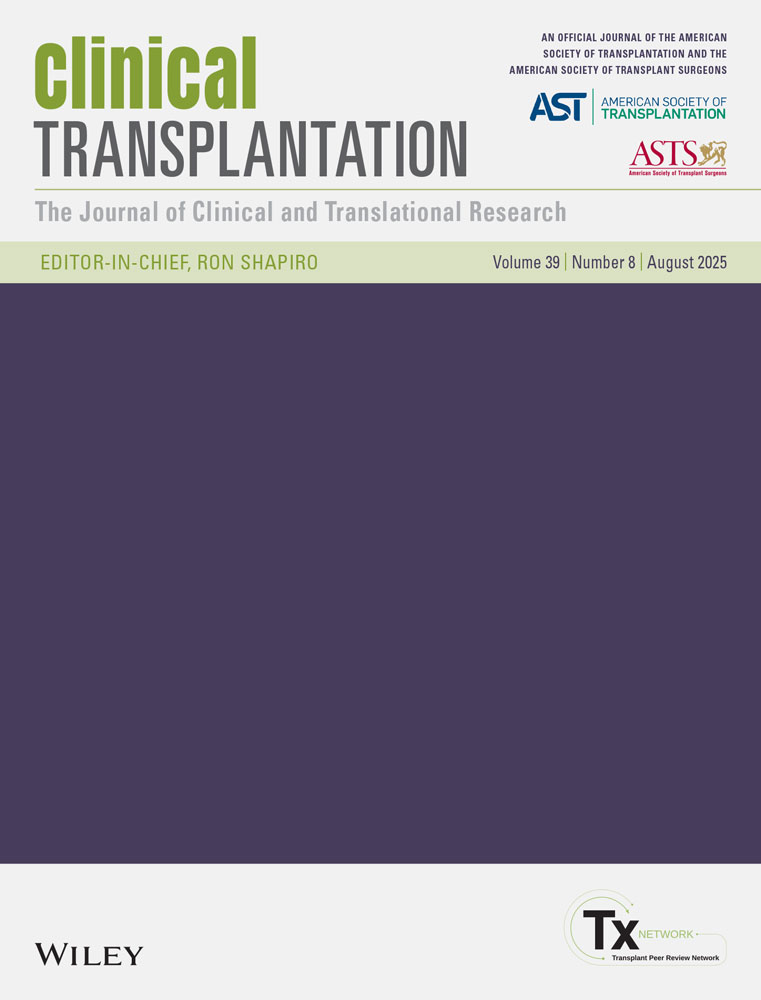Comparing quality of life following liver transplantation for Laennec's versus non-Laennec's patients 1
Abstract
The overall success of orthotopic liver transplantation (OLTX) includes not only survival, but quality of life (QOL) as well. We studied one controversial group of OLTX recipients, patients transplanted for alcoholic liver disease (Laennec's), to determine if their post-OLTX QOL was similar to that of patients transplanted for non-alcoholic liver disease (non-Laennec's). Over a 10-yr period, patients undergoing OLTX at our institution were asked to complete a QOL questionnaire addressing a wide range of topics from demographics and employment to symptom distress/frequency, activities of daily living, and effect of loss of health on daily life. Twenty-four Laennec's and 100 non-Laennec's OLTX recipients completed the questionnaire at both their 2- and 5-yr follow-up visits at our institution. Both groups were well-matched in age, race, and patient location status at the time of OLTX. No significant differences could be detected between Laennec's and non-Laennec's scores regarding overall QOL, including one's ability to function, health perception, and self-perception at 2 and 5 years post-OLTX, and between 2 and 5 years post-OLTX. Although not between groups, a significant difference was noted regarding patients’ satisfaction with life, with less satisfaction reported at the 5-yr versus the 2-yr time point post-OLTX. Rates of current/recent employment between both groups were also similar at 2 years post-OLTX, and again at 5 years post-OLTX. We conclude that overall QOL and employment levels appear similar between patients transplanted for alcoholic and non-alcoholic liver disease. This similarity appears to extend to 5 years post-OLTX.




